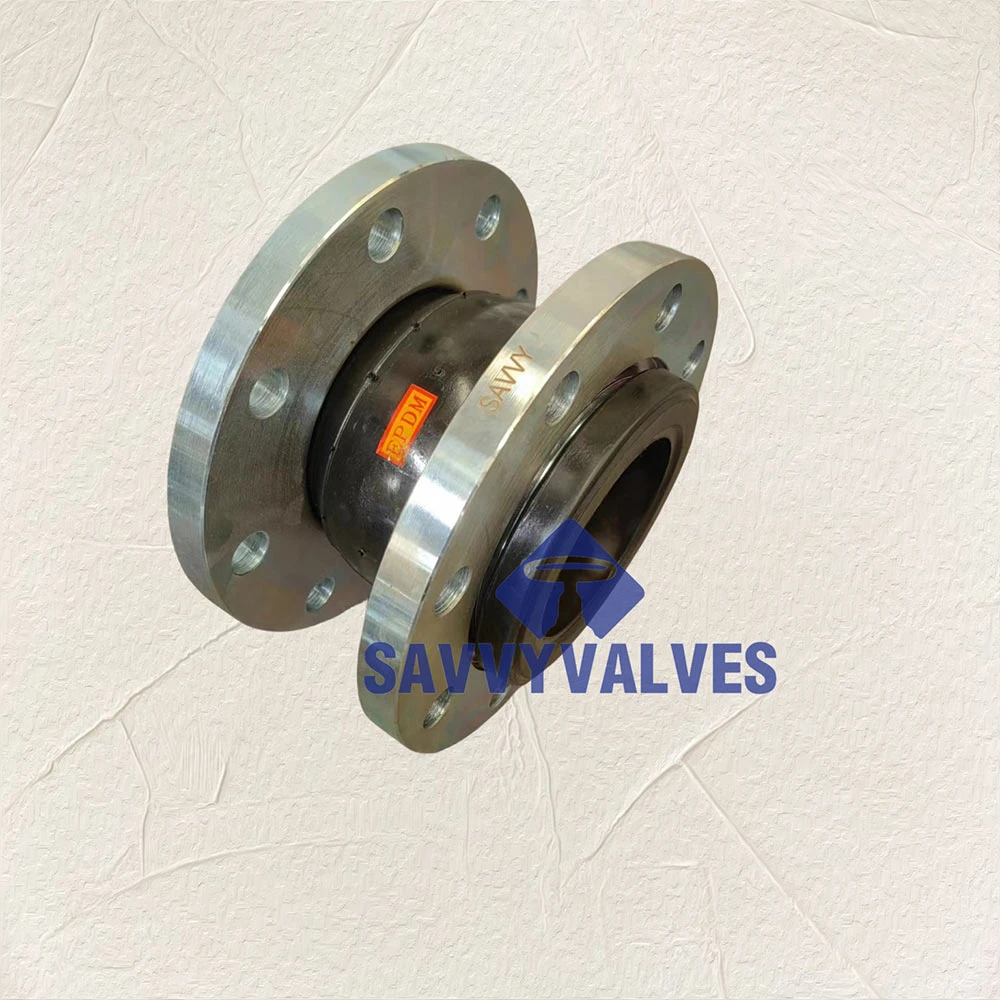Rubberen voeg, expansievoeg en demontagevoeg
-
FOTO TOONT SPECIFICATIES ZOALS HIERONDER
MAAT: 6″
RATING: 150LB
CARROSSERIE EN MOTORKAP: CS Q345B
RUBBEREN MANTEL: EPDM
A rubber expansion joint is a flexible connector made primarily from elastomeric materials reinforced with fabric or metal. It is designed to absorb movement, reduce vibration, and compensate for misalignment in piping systems. These joints are often installed between sections of piping or between equipment and pipes to handle thermal expansion, mechanical displacement, or system vibration. Rubber expansion joints come in various types such as single-arch, double-arch, and spherical, depending on the level of movement required. The rubber body is typically made from EPDM, NBR, Neoprene, or natural rubber, selected based on the medium being transported (such as water, chemicals, oil, or air). They are commonly used in HVAC, water treatment, power generation, and industrial processing systems. Rubber expansion joints also help protect pumps, valves, and other mechanical components from stress, which extends the life of the entire system. Their ability to isolate noise and reduce pressure surges makes them essential in systems where reliability and noise control are important.

